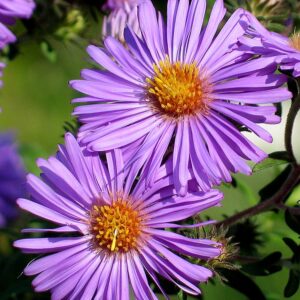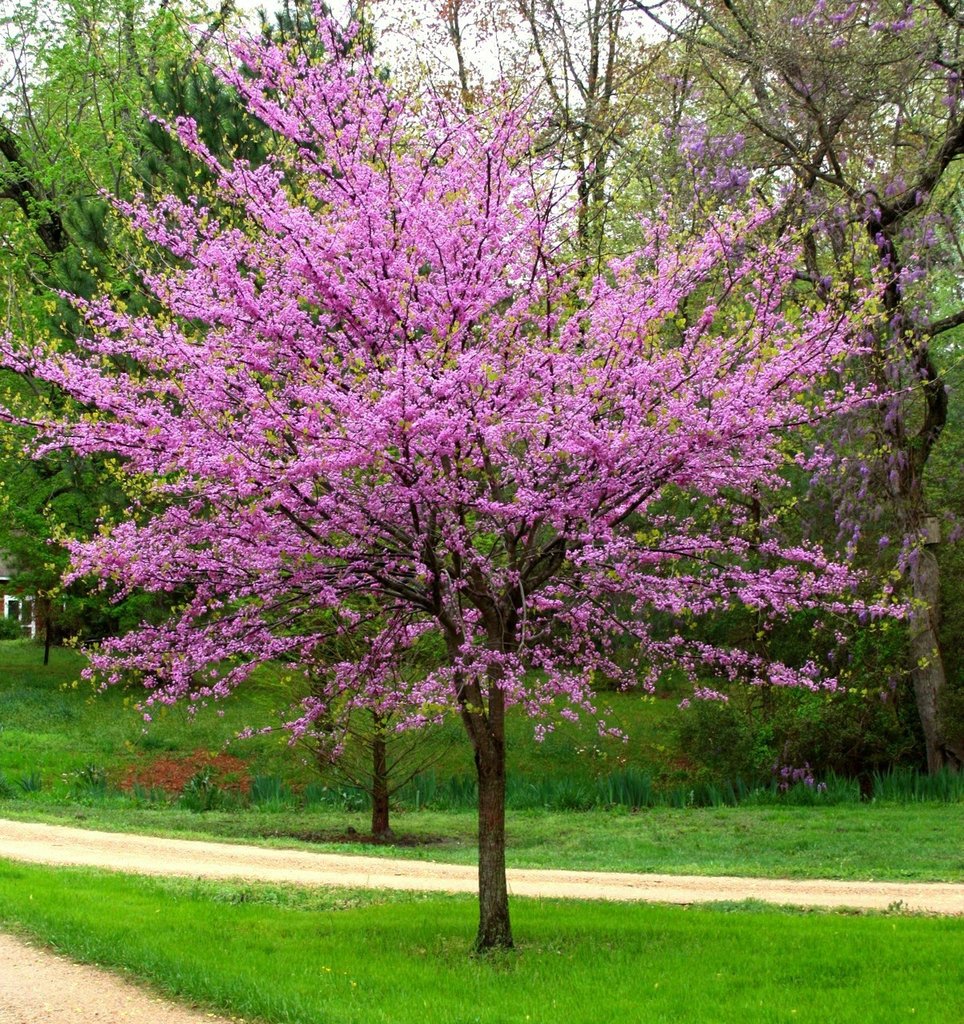New England gardens, characterized by their unique climate and rich history, require plants that can thrive in the region’s diverse weather conditions. From snowy winters to humid summers, choosing the right plants is key to a beautiful and sustainable garden. Here are some of the best plants for New England gardens, perfect for adding color, structure, and resilience to your landscape.
1. Perennials
Perennials are the backbone of any garden, coming back year after year to provide consistent beauty and structure.
- Eastern Red Columbine (Aquilegia canadensis): This native perennial produces striking red and yellow flowers in spring and attracts hummingbirds.
- New England Aster (Symphyotrichum novae-angliae): With vibrant purple flowers, this aster blooms in late summer and fall, providing late-season color.
- Black-Eyed Susan (Rudbeckia hirta): Known for its bright yellow petals and dark centers, this hardy plant blooms from summer to fall.
2. Shrubs
Shrubs add depth and texture to gardens and can serve as focal points or natural barriers.
- Hydrangea (Hydrangea macrophylla): Known for their large, colorful flower heads, hydrangeas thrive in the acidic soils typical of New England.
- Mountain Laurel (Kalmia latifolia): This native evergreen shrub features beautiful pink and white flowers in late spring and is perfect for shady spots.
- Winterberry (Ilex verticillata): A deciduous holly, winterberry produces bright red berries in fall and winter, adding color when most other plants have faded.
3. Trees
Trees provide shade, structure, and seasonal interest to gardens.
- Sugar Maple (Acer saccharum): Famous for its brilliant fall foliage, the sugar maple is a staple in New England landscapes.
- Eastern Redbud (Cercis canadensis): This small tree blooms with striking pink flowers in early spring, offering early-season color.
- White Oak (Quercus alba): A majestic native tree, the white oak provides excellent shade and supports local wildlife.

4. Groundcovers
Groundcovers help control erosion, suppress weeds, and add a lush, green carpet to gardens.
- Creeping Phlox (Phlox subulata): This low-growing plant produces a carpet of colorful flowers in spring and is perfect for borders and rock gardens.
- Sweet Woodruff (Galium odoratum): Ideal for shady areas, sweet woodruff has delicate white flowers and fragrant foliage.
- Bearberry (Arctostaphylos uva-ursi): A native evergreen groundcover, bearberry has small white flowers in spring and red berries in fall.
5. Vines
Vines can add vertical interest and are great for covering fences, trellises, and arbors.
- Clematis (Clematis spp.): With a variety of colors and bloom times, clematis can add long-lasting beauty to any garden structure.
- Virginia Creeper (Parthenocissus quinquefolia): This vigorous native vine offers lush green foliage in summer and stunning red leaves in fall.
- Trumpet Vine (Campsis radicans): Known for its large, trumpet-shaped flowers that attract hummingbirds, this vine can cover large areas quickly.
Tips for New England Gardening
- Soil Testing: Test your soil to understand its pH and nutrient levels. Many New England soils are acidic, which can affect plant choice and fertilization.
- Mulching: Use mulch to retain moisture, regulate soil temperature, and suppress weeds.
- Watering: New England can experience dry spells, so ensure your plants receive adequate water, especially during establishment.
- Seasonal Care: Prune plants at the right time to encourage healthy growth and blooms. Protect tender plants during harsh winters with appropriate coverings.
Conclusion
By selecting plants well-suited to New England’s climate and soil conditions, you can create a thriving and beautiful garden that provides year-round interest. For expert advice and professional landscaping services, contact Green Pulse Landscaping.
Contact us today for a free estimate at
(857) 504-5117 or email us at
contact@greenpulselandscaping.com to schedule a consultation and learn how we can help you achieve a lush, green lawn.
Click to Call Us!


